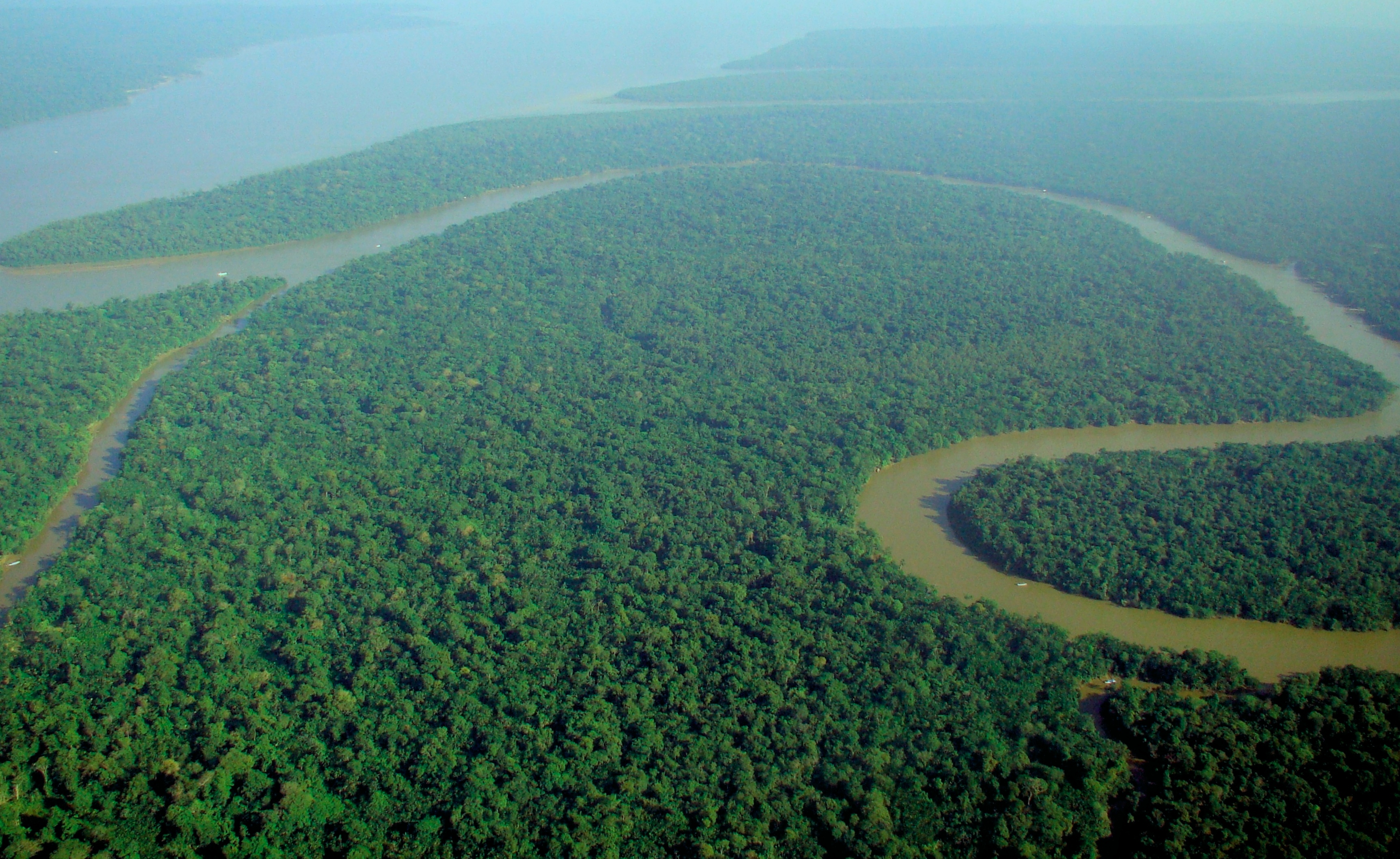
The devastating effects of human activity on wildlife in the American tropics over the last 500 years are revealed in a new study published today.
More than half of the species in local ‘assemblages’ – sets of co-existing species – of medium and large mammals living in the Neotropics of Meso and South America have died out since the region was first colonised by Europeans in the 1500s.
Researchers at the University of East Anglia (UEA), in the UK, and University of São Paulo (USP), Brazil, found that human activity such as habitat change and overhunting is largely responsible for the overwhelming loss, or ‘defaunation’, in mammal diversity across Latin America.
The study, published in the journal Scientific Reports, compared all animal inventories at over 1000 Neotropical study sites published over the past 30 years with baseline data going back to the Colonial era.
The findings draw on a compilation of 1,029 separate mammal assemblages – typically a few kilometres apart from each other – spanning approximately 10,700 km and 85° of latitude across 23 countries, from Mexico to Argentina and Chile.
They reveal that the dominant cause of local species extinction and assemblage downsizing – the reduction in body size within each assemblage – is a direct result of habitat changes such as farming, logging and fires, and aggravated by the chronic process of overhunting.
Dr Juliano André Bogoni, a postdoctoral researcher sponsored by the São Paulo Research Foundation and working at UEA’s School of Environmental Sciences, led the study with Prof Carlos Peres, also of UEA, and Prof Katia Ferraz from USP.
Dr Bogoni said: “Our findings can be used to inform international conservation policies to prevent further erosion of, or restore, native biodiversity. Further conservation efforts should be mobilized to prevent the most faunally-intact biomes, such as Amazonia and the Pantanal wetlands, from following in the footsteps of ’empty ecosystems’ that are now typical of historically degraded areas such as the Brazilian Atlantic Forest and the Caatinga.
“This includes effective implementation and law enforcement in existing protected areas, and curbing political pressures to either downgrade or downsize these areas. Greater investment should be allocated to more effective control of illegal hunting, particularly commercial hunting, deforestation, and anthropogenic fires, as well as ensure that fully implemented protected areas are working.”
Prof Peres said: “Sound resource management should be sensitive to the socioeconomic context, while recruiting rather than antagonizing potential local alliances who can effectively fill the institutional void in low-governance regions.
“Hominins and other mammals have co-existed since the earliest Paleolithic hunters wielding stone tools some three million years ago. Over this long timescale biodiversity losses have only recently accelerated to breakneck speeds since the industrial revolution.
“Let us make sure that this relentless wave of local extinctions is rapidly decelerated, or else the prospects for Neotropical mammals and other vertebrates will look increasingly bleak.”
The team looked at 165 species and analysed local losses in more than 1000 sets of medium to large-bodied mammal species that had been surveyed across the Neotropics.
On average more than 56 per cent of the local wildlife within mammal assemblages across the Neotropics were wiped out, with ungulates lowland tapir and white-lipped peccary comprising the most losses. The extent of defaunation was widespread, but increasingly affecting relatively intact major biomes that are rapidly succumbing to encroaching deforestation frontiers.
Over time the assemblage-wide mammal body mass distribution greatly reduced from a historical 95th-percentile of approximately 14 kg to only about 4 kg in modern assemblages.

